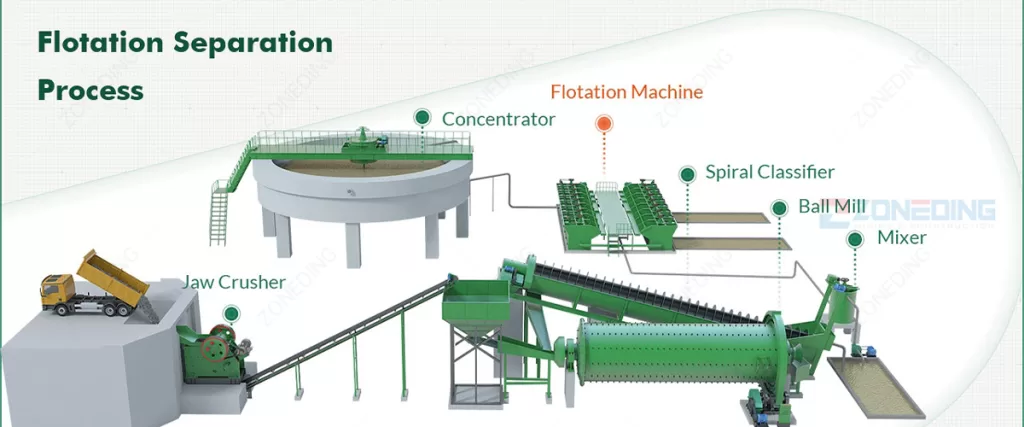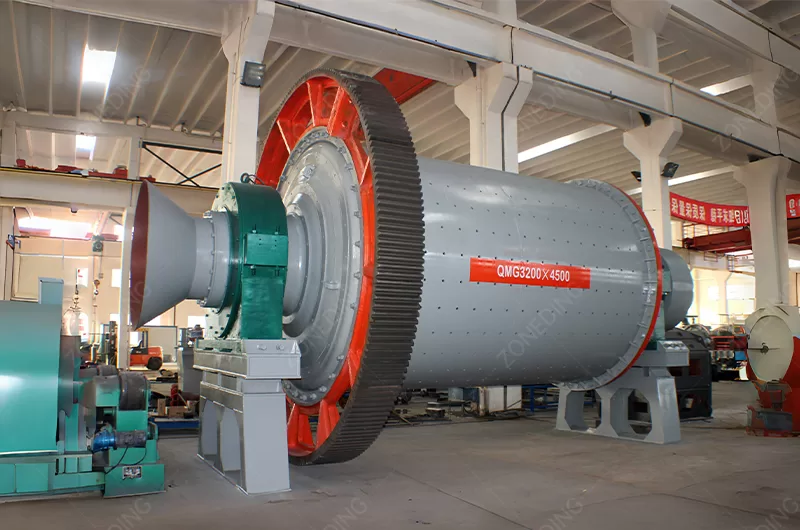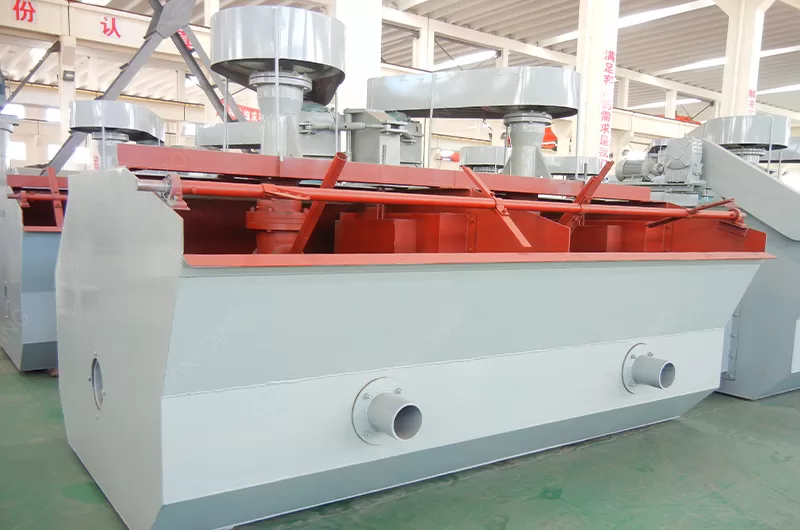全站搜索
Search the entire website
Search the entire website
Antimony is a semi-metallic element that holds a unique and critical place in modern industry. While not as well-known as copper or gold, it is indispensable for manufacturing flame retardants, batteries, and high-tech alloys. However, extracting antimony is a complex process with different technical challenges.
At my company, ZONEDING, we have specialized in engineering and building complete mineral processing plants since our founding in 1990. We have successfully designed solutions for some of the world’s most challenging antimony deposits. This guide will cover everything you need to know about this strategic mineral, from its basic properties to the advanced techniques used in its processing.
Antimony (symbol Sb, atomic number 51) is a brittle, silvery-white semi-metal, also known as a metalloid. This means it has properties of both a true metal and a non-metal. It is a poor conductor of heat and electricity and is most famous for its ability to impart strength and hardness to other metals, particularly lead and tin. In its pure form, antimony is crystalline and easily broken. Its most important commercial form is the mineral stibnite (antimony sulfide, Sb₂S₃), which is the source of virtually all the world’s antimony production.


Antimony is a relatively rare element, making its deposits geographically concentrated. Over 90% of the world’s primary antimony production is from these three countries:

Other countries with notable antimony production include Bolivia, Australia, and Myanmar. The deposits come through hydrothermal activity, where hot, mineral-rich fluids deposit stibnite in veins and fractures within rock formations.
Understanding antimony’s properties is key to appreciating its uses and processing challenges.
Extracting a high-grade antimony concentrate is crucial for economic viability. A “high-grade” concentrate is one where the percentage of antimony is as high as possible, and the concentration of undesirable impurities (penalty elements) is as low as possible.
Antimony’s unique properties make it a critical, often irreplaceable, component in several key industries.


Understanding your ore type is the first step in designing an effective processing plant.
The extraction method is based on the ore type.
A typical antimony processing plant, like the ones we design at ZONEDING, follows a specific flow:

Every antimony deposit is unique, but most present a set of common processing challenges. Overcoming these is the key to a profitable operation. At ZONEDING, we solve these problems through a combination of smart process design and robust equipment. Here is our approach to the most frequent issues.
The challenge is that arsenic-bearing minerals like arsenopyrite float just as easily as stibnite. Our solution is to use specific chemical depressants, such as lime, in a high-pH environment. These reagents essentially “blind” the arsenic minerals, preventing them from attaching to air bubbles, while the stibnite floats normally. This produces a clean, high-value antimony concentrate with very low arsenic penalties.
The challenge is that stibnite is soft and easily over-ground into ultra-fine “slime,” which is very difficult to recover. Our solution is a two-stage grinding circuit. After initial grinding in a ball mill, we use a hydrocyclone to classify the slurry. Only the coarse, unliberated particles are back for further grinding. The fine, liberated particles bypass the second grind and go straight to flotation, which prevents over-grinding and maximizes recovery.
The challenge is that weathered or oxidized stibnite has a surface layer that repels flotation collectors. Our solution is to add an activating agent, typically sodium sulfide (Na₂S), to the slurry before flotation. This chemical effectively strips away the oxidized layer, exposing a fresh sulfide surface that the collectors can easily attach to.
The challenge is when antimony comes with other valuable sulfides like galena (lead) and sphalerite (zinc). Our solution is to design a differential flotation circuit. In the first stage, we create chemical conditions to float only the stibnite. The tailings from this stage then go to a second flotation circuit, where we change the chemistry (e.g., adjust the pH and add different activators) to float the next mineral, like galena. This allows for the production of separate, clean concentrates for each metal.
The crude antimony metal produced by a smelter is not pure enough for most high-tech applications. It must be refined to remove remaining impurities like arsenic, lead, and iron.
A complete antimony processing plant requires a series of integrated machines.



The cost of setting up an antimony processing plant varies dramatically based on several factors:
As a rough estimate, a small to medium-sized plant could range from a few hundred thousand to several million dollars. At ZONEDING, as a factory-direct manufacturer, we help clients manage these costs by providing efficient, right-sized equipment without dealer markups.
The primary environmental concerns are related to the toxicity of antimony and its common associated element, arsenic.
The antimony industry is evolving in response to market demands and environmental pressures.
Navigating the complexities of antimony processing requires a partner with deep expertise and a proven track record. Since 1990, ZONEDING has been delivering complete, one-stop solutions for the global mining industry. Our team of 15 professional mining engineers doesn’t just sell machinery; we conduct a thorough analysis of your ore to design a fully customized and optimized processing plant. As a factory-direct manufacturer, we eliminate middleman costs, providing robust, high-efficiency equipment built with durable materials and components from trusted global brands like Siemens and Schneider.
Contact our expert team today for a free consultation and let’s discuss how we can build a profitable solution for your antimony deposit.
The demand for high-quality sand and gravel is higher than ever, driven by global construction and infrastructure projects. If you're looking to enter this market or improve your current operation, understanding the complete sand and gravel makin...
View detailsAre you looking for a steady, high-quality source of sand for your construction projects? With natural sand becoming scarce, Manufactured Sand (M-Sand) is the solution. This is a superior, engineered alternative to river sand, produced by crushin...
View detailsAre you watching your profits wash away with your wastewater? In many sand washing plants, a significant amount of fine sand (75 microns / 200 mesh and smaller) escapes with the overflow water. This isn't just waste; it's lost product and lost re...
View detailsYour cone crusher is the heart of your operation. And its heart is made of steel. Specifically, the Cone Crusher Liner set is where all the work happens. Choosing the right liners, and knowing when and how to change them, is not just maintenance....
View details